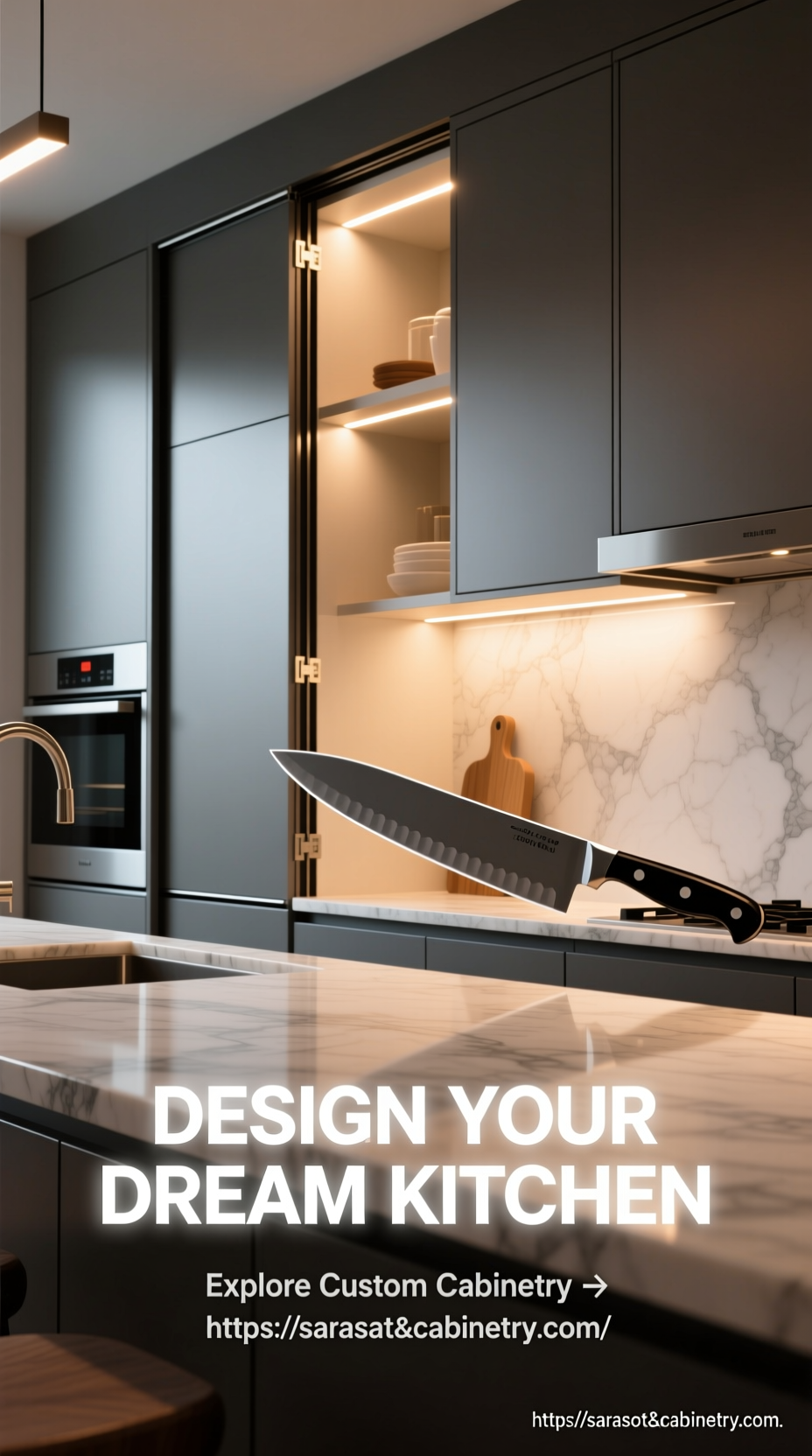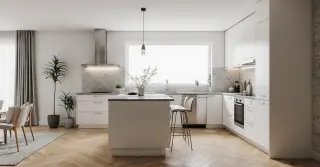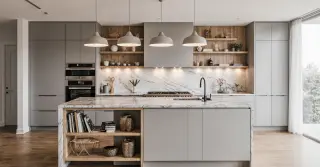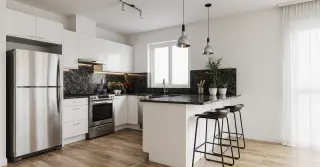Small Simple Kitchen Design
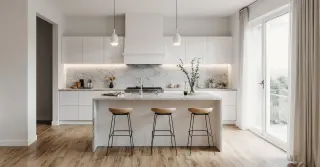
Tiny Kitchen Innovations: Elevating Small Spaces into Chic Culinary Centers
A small simple kitchen design is more than just a layout; it is an art of maximizing efficiency without compromising on style. In modern homes, where space can be limited, creating a functional yet visually appealing kitchen requires careful planning, innovative solutions, and a keen understanding of kitchen design principles. The beauty of a well-designed compact kitchen lies in its ability to balance aesthetics, practicality, and comfort, turning even the tiniest space into a culinary haven.
Maximizing storage is a fundamental principle in designing a small kitchen. Innovative storage options, including bespoke cabinetry, sliding drawers, and concealed pantry units, significantly improve space utilization. Incorporating multi-functional furniture and modular units allows homeowners to maintain a clutter-free environment while keeping essential kitchen tools within easy reach. Using vertical space creatively, such as overhead cabinets and floating shelves, not only improves storage capacity but also adds a layer of elegance and modernity to the overall design.
Lighting plays a crucial role in elevating the atmosphere of a small kitchen. Strategically placed task lighting, under-cabinet LEDs, and natural light sources can create an illusion of a larger, more open space. A luminous kitchen environment fosters warmth, comfort, and efficiency, simplifying both meal preparation and social gatherings. Using glossy, reflective finishes on walls, counters, and floors enhances brightness and gives the impression of a larger area while maintaining existing layouts.
Color schemes are another powerful tool in crafting a small kitchen that feels expansive. Lighter shades, including soft whites, pastels, and muted neutrals, can make walls and cabinetry appear larger and more open. Subtle contrasts like darker surfaces or feature walls introduce dimension and style without crowding the design. Maintaining a uniform palette throughout ensures flow, harmony, and visual coherence. Incorporating textured finishes or subtle patterns in tiles, cabinet surfaces, or countertops can inject personality and sophistication while preserving the simplicity essential to a small kitchen layout.
The layout of a small kitchen is critical to functionality. Standard layouts such as L, U, or galley forms optimize workflow and ensure easy access to the sink, cooktop, and fridge. Open-plan designs can seamlessly connect the kitchen with dining or living areas, making the space feel larger and more integrated. A compact island or movable cart can introduce extra prep areas, storage solutions, and seating options, improving usability and social engagement.
Choosing the right materials ensures longevity, beauty, and ease of upkeep in small kitchens. Premium surfaces such as granite, quartz, or reinforced laminates combine resilience with elegance and practicality. Cabinet materials like solid wood, MDF, or engineered composites provide longevity and a polished appearance, while hardware such as soft-close hinges and ergonomic handles improve functionality. Eco-conscious material choices promote durability, elegance, and sustainable living, aligning design with environmental mindfulness.
Compact kitchens demand appliances that maximize performance while minimizing footprint. Compact, energy-efficient appliances, including slim refrigerators, induction cooktops, and combination microwave ovens, can streamline the cooking process without overcrowding the area. Built-in units and integrated appliances preserve clean lines and reduce visual clutter, making the kitchen feel organized and modern. Consistency in appliance aesthetics reinforces design harmony and visual sophistication throughout the kitchen.
Decorative elements and accessories add personality and warmth to a small kitchen space. Thoughtfully chosen items, such as stylish bar stools, colorful dishware, or hanging planters, can infuse charm without overwhelming the environment. Using mirrors or glossy surfaces adds decorative flair while amplifying light and spatial perception. Maintaining a minimalist approach to decor ensures that the kitchen remains functional, uncluttered, and inviting, emphasizing the beauty of simplicity inherent in small kitchen design.
Optimized ergonomics and operational flow define the success of a tiny kitchen. Thoughtful arrangement of key kitchen elements minimizes effort and maximizes convenience. Innovative storage features such as rotating shelves, sliding drawers, and compartment organizers enhance access and efficiency. Incorporating smart technology, such as touch-activated faucets, smart lighting, or app-controlled appliances, can further enhance the convenience and modern appeal of a small kitchen, transforming it into a highly efficient, intelligent workspace.
Tiny kitchens, when thoughtfully designed, become inviting hubs that enrich the household. Thoughtful integration of color, lighting, storage, and layout transforms functionality into a luxurious culinary experience, demonstrating that size does not compromise sophistication. From surfaces to gadget positioning, each component ensures a harmonious blend of function and aesthetics. Residents benefit from functional yet stylish kitchens that maximize utility and contemporary comfort.
At its core, compact kitchen design proves that clever strategies and creative solutions can convert even the tiniest space into an elegant and efficient hub. By combining strategic storage, optimal lighting, efficient layouts, and carefully selected materials, even the coziest kitchens can achieve maximum impact. Adhering to these approaches, small kitchens harmonize daily usability with sophisticated design, creating a perfect marriage of function and visual appeal.
This comprehensive approach to small kitchen design ensures that every inch is optimized, every detail considered, and every choice intentional. Ultimately, such a design produces a spacious-feeling, highly functional, and visually appealing kitchen, affirming that even minimal areas can inspire culinary creativity and cherished moments.

